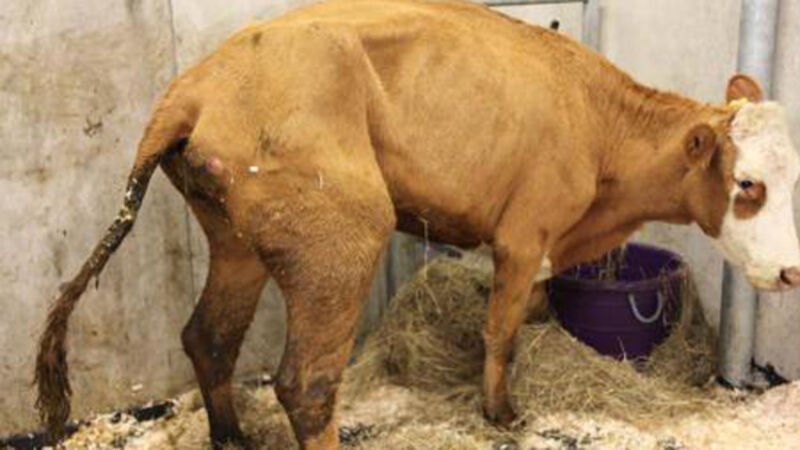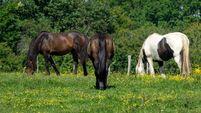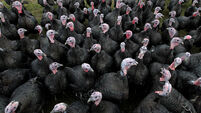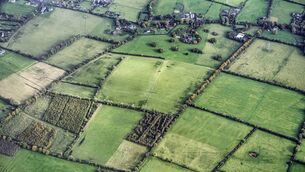Q&A: A dairy farmer’s experience with Johne’s Disease

For those who have been fortunate to escape its costs, the disease implications are often overlooked.
Over the past few months, Animal Health Ireland (AHI) have conducted interviews with farmers who have suffered at the hands of JD, to show the true expense of this disease in an Irish context.










